The Middle Ages is The New Roman Empire
Hear Ye, the Medieval Revival is Here--& I wrote about it for The Times
This morning The Times ran 1,000 words in print about the medieval revival in fashion and culture, an idea that has consumed me for the past six months.
You can read it without a paywall here for this weekend only. Read read read it!
When I opened the link this morning at 5am (on a girls trip with two dear writer friends in the picturesque Isle of Skye, no less!), I did my anxious and hurried skim to see what might have been changed from I had filed.
Delighted that the piece captured what I had submitted, I finally could stop and really take it in. My eyes pricked with tears. Reporting this story has been the dream of my life and a reminder to never, ever, give up on your ideas.
So much of freelance writing is persistence. Not giving up when you’re ignored, rejected, or told that your idea is too niche and won’t find an audience.
When I was first starting out as a freelance writer, if someone didn’t take my idea, I would ultimately give up on it. Then, some six months later, I’d see the idea run and I’d be furious at myself for not trying harder.
There have been countless examples, but the most painful was the fly fishing piece that I never found a home for and ultimately posted as a newsletter. A year ago I sent 45 different pitches about how fly fishing is sexy and editorial and no one took it. Now, exactly a year later, fisherman-core is the thing. When I saw those pieces run, I vowed to never give up on an idea again.
Enter the medieval revival:
At first glance, the medieval revival and fantasy resurgence might look like a fashion micro-trend or an interiors aesthetic, but the more videos and references I saw (some examples here, here, here, here, and here), I became convinced that there was something deeper going on.
I mean, Joan of Arc could not be more opposite than Ballerina Farm.
That’s all to say that I refused to let the medieval revival piece find a similar fate as the fishing piece.
After countless declines, I am so grateful for my editor at The Times who took this story in its entirety. I also loved writing it from the vantage point of “from Scotland to the world.”
In reporting this story, I got to speak to brilliant medieval historians and learned so much that couldn’t fit the word count. I hope this is the first of many pieces on the topic.
But what’s clear to me is this: Telling women’s stories matters.
Medieval historian
says it best. “This is the result of the past couple of decades where academics have been researching medieval women to the extent they should be researched,” says Reid.“For example, there was a false concept of the private versus public sphere that has been disproven in recent years. Particularly in the Scottish Wars of Independence, a 60-year period of warfare, we have many examples of women directly defending their castles against siege, while the men are away fighting or at court. Noblewomen, both Scottish and English, were trained and expected to take over leadership and co-manage households and estates with their husbands.
I cannot wait to read Reid’s forthcoming book Women in the Scottish Wars of Independence which will be published this summer.
“Of course, women are in a completely different position now in terms of agency compared to women in the 14th century, but women have always impacted history,” says Reid. “Those stories are finally being told in a more popular way now.”
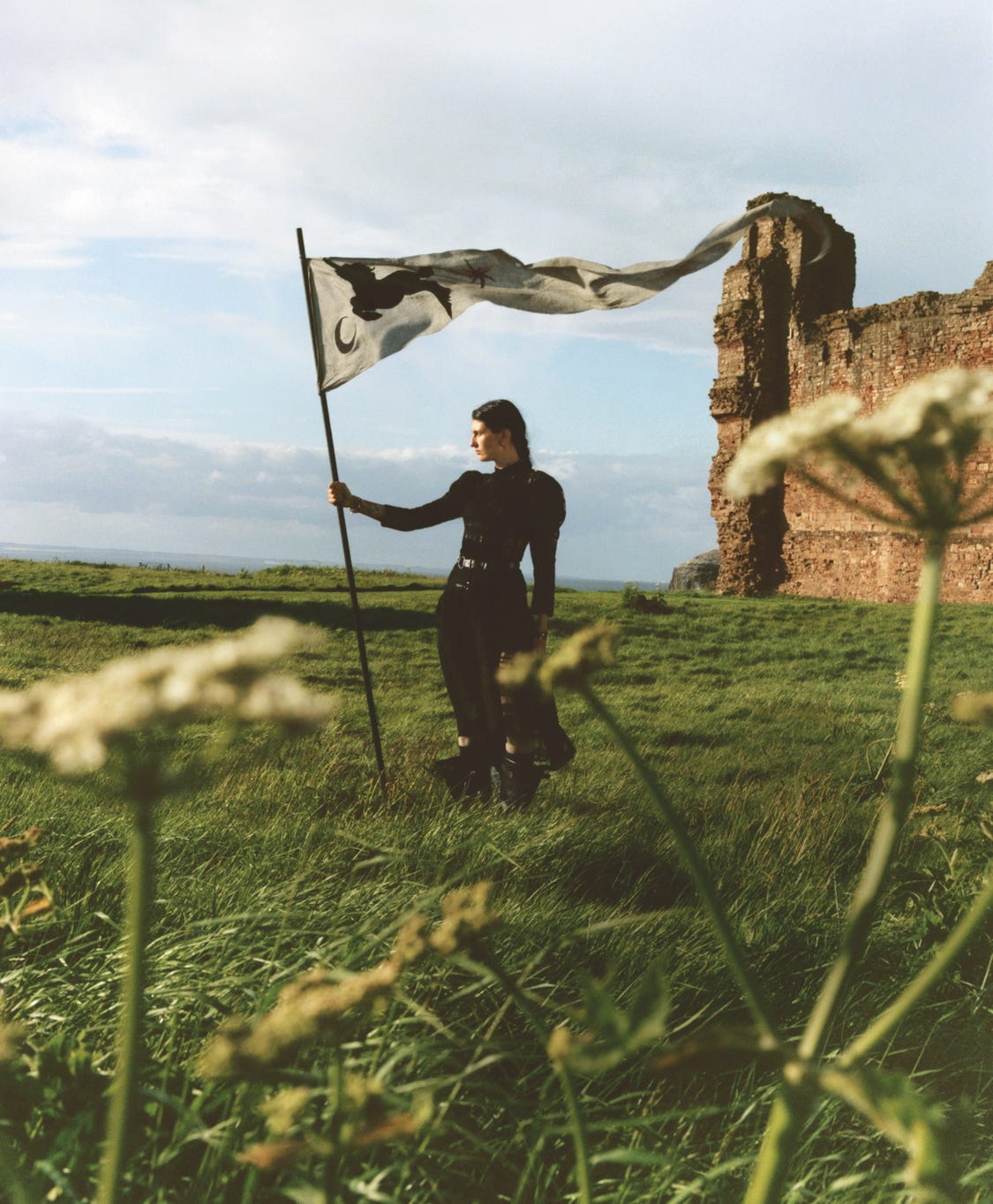
Please go read the piece in its entirety, but if I may indulge in pulling out just one of my favorite quotes, please find the following from Julian Harrison who co-curated the Medieval Women: In Their Own Words exhibition at the British Library, which was one of their most popular ever.
“The impact of women like Joan of Arc has never faded away. But we are becoming increasingly aware of how medieval women contributed to so many different walks of life — politics, religion, medicine —and to some extent this is enabling their modern counterparts to assert their own rights and to set new goals.”
In today’s fast-moving world, wrought with political and socioeconomic anxiety, where women’s rights are being challenged every day, the irony is not lost on me that we are looking to the medieval past to find hope for the future.
Now I know that we can find it there.
Read the whole piece here!!! And share it!!!!





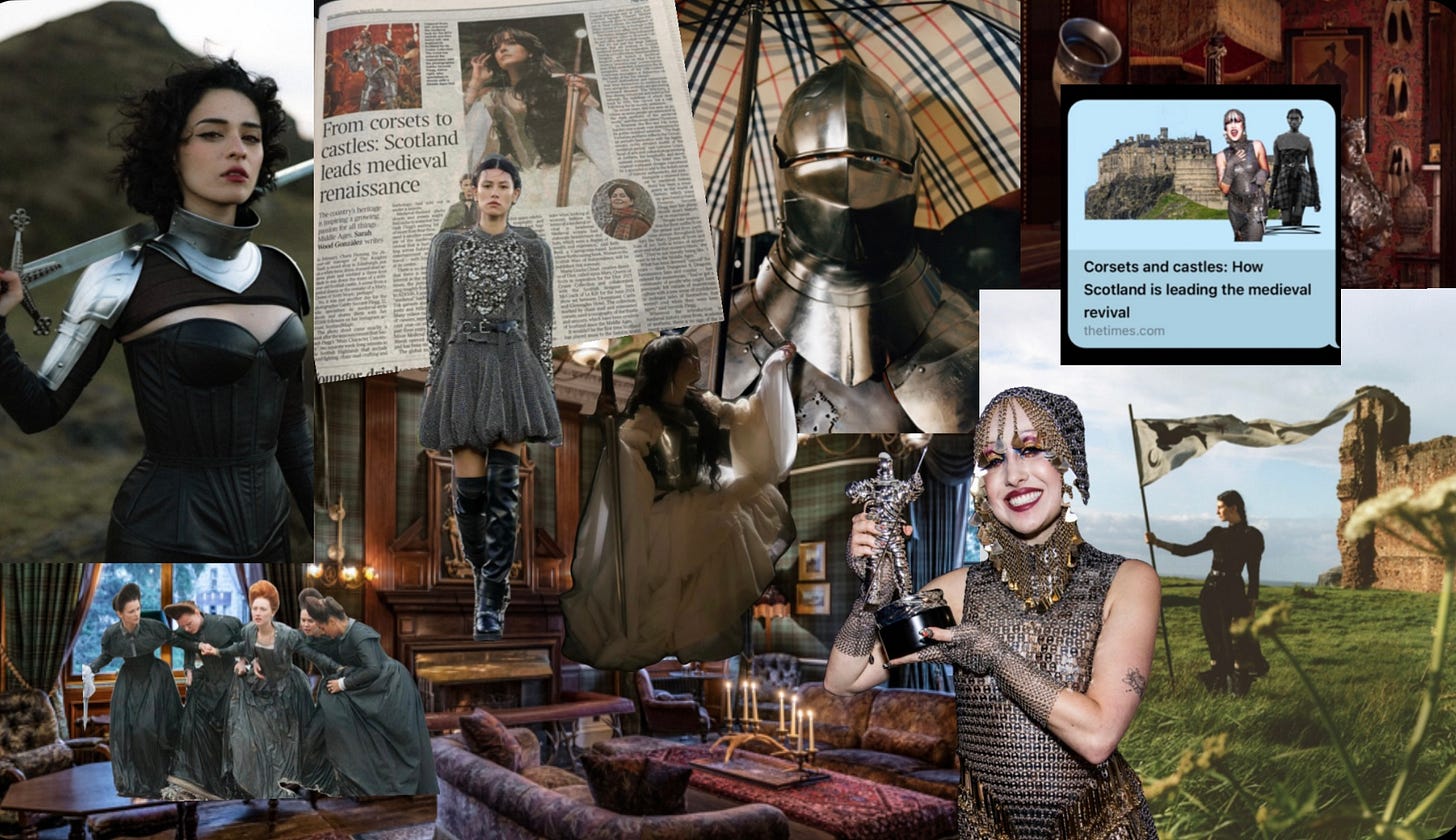
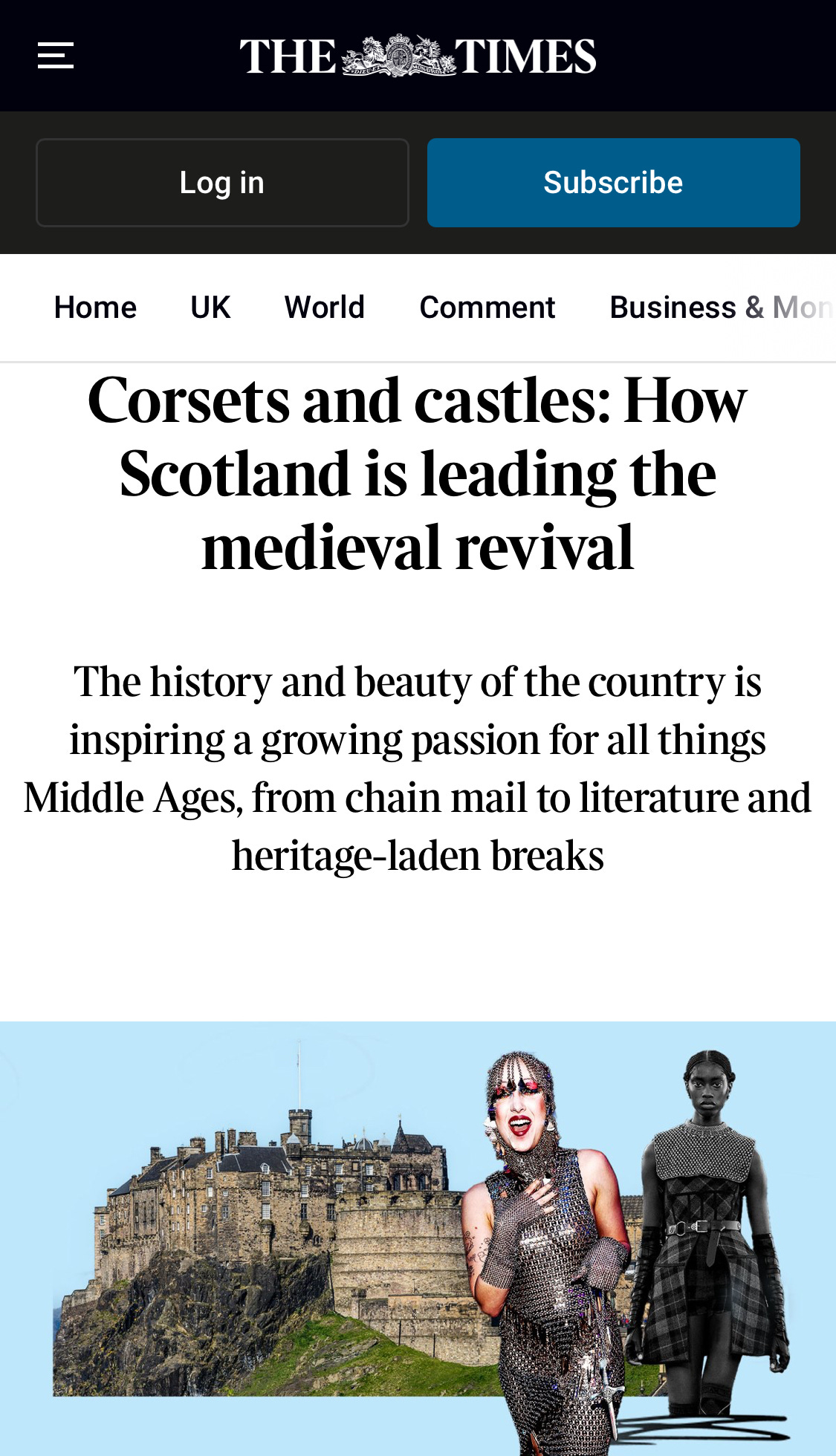


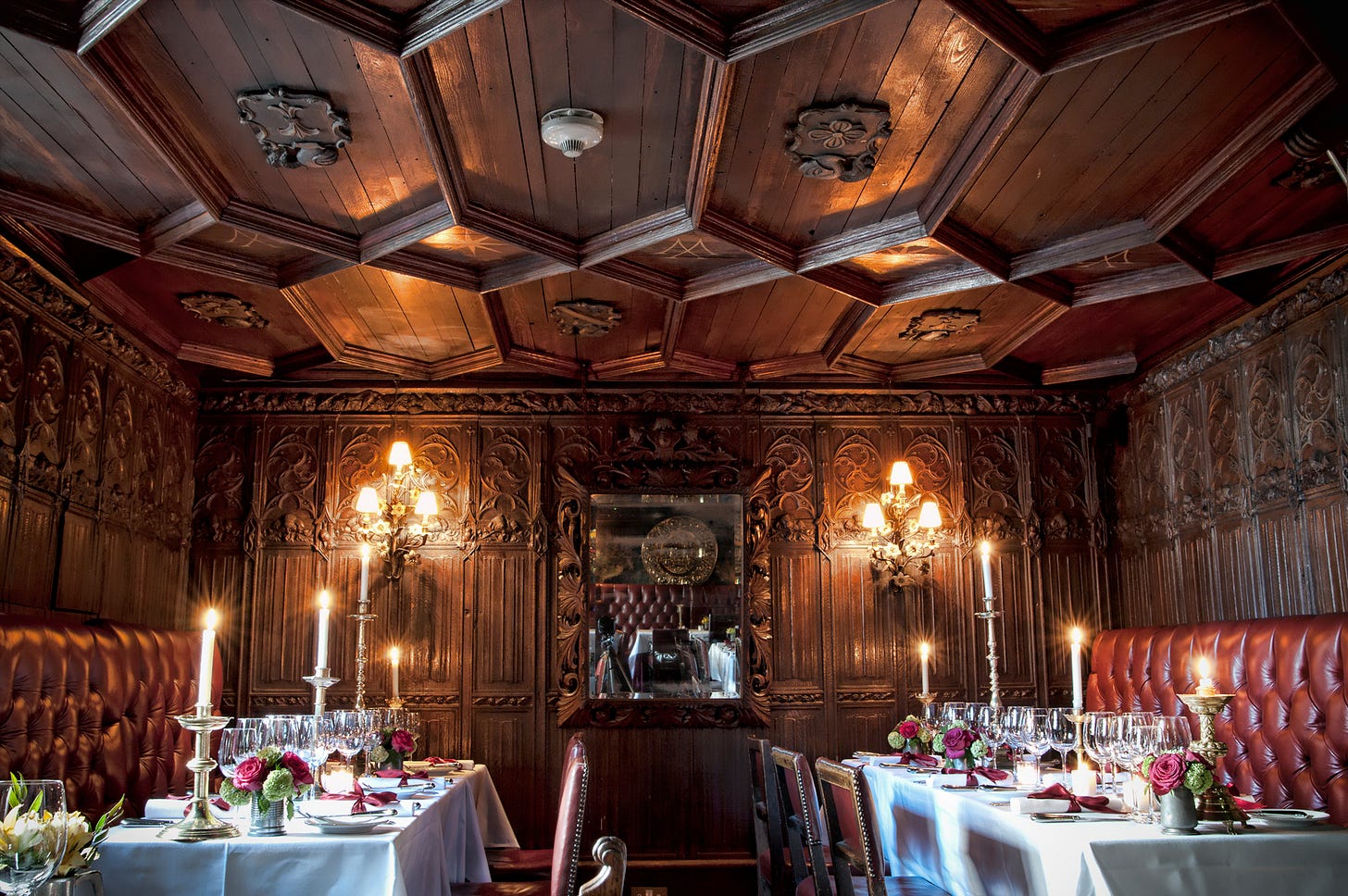
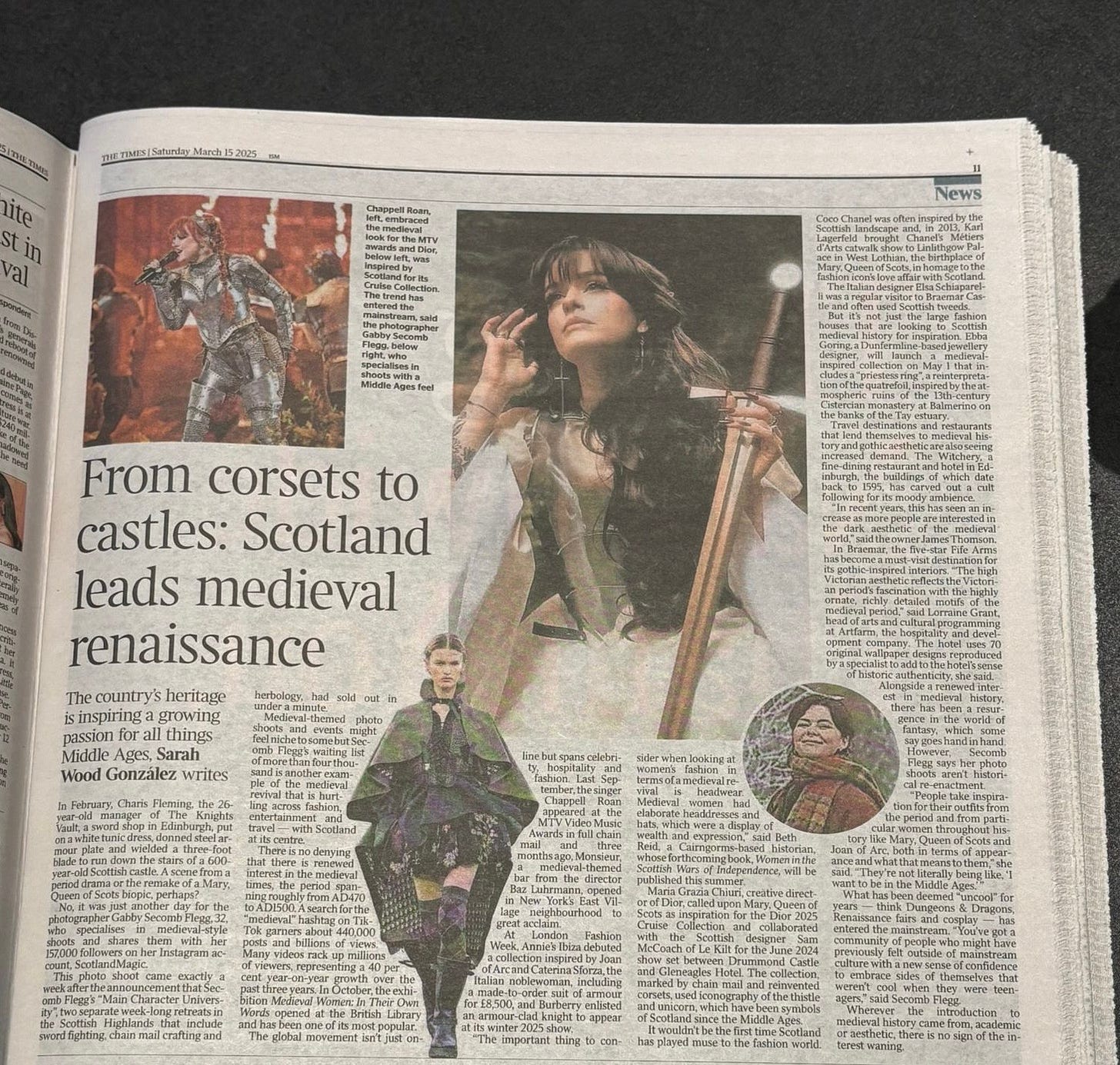
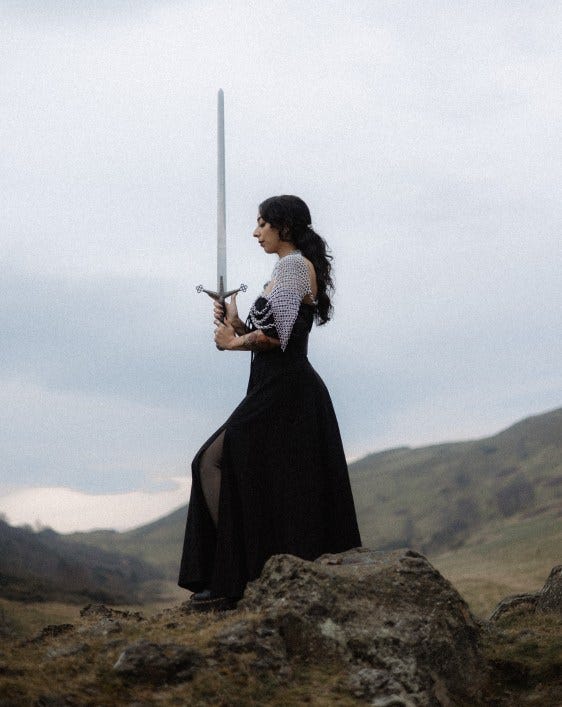
This is great! I’m publishing an interview on Tuesday from a female milliner who’s focus is on medieval headwear for her Autumn/Winter collection which you may find of interest.
Corsets aren't medieval. They're at best Renaissance and mainly Victorian.